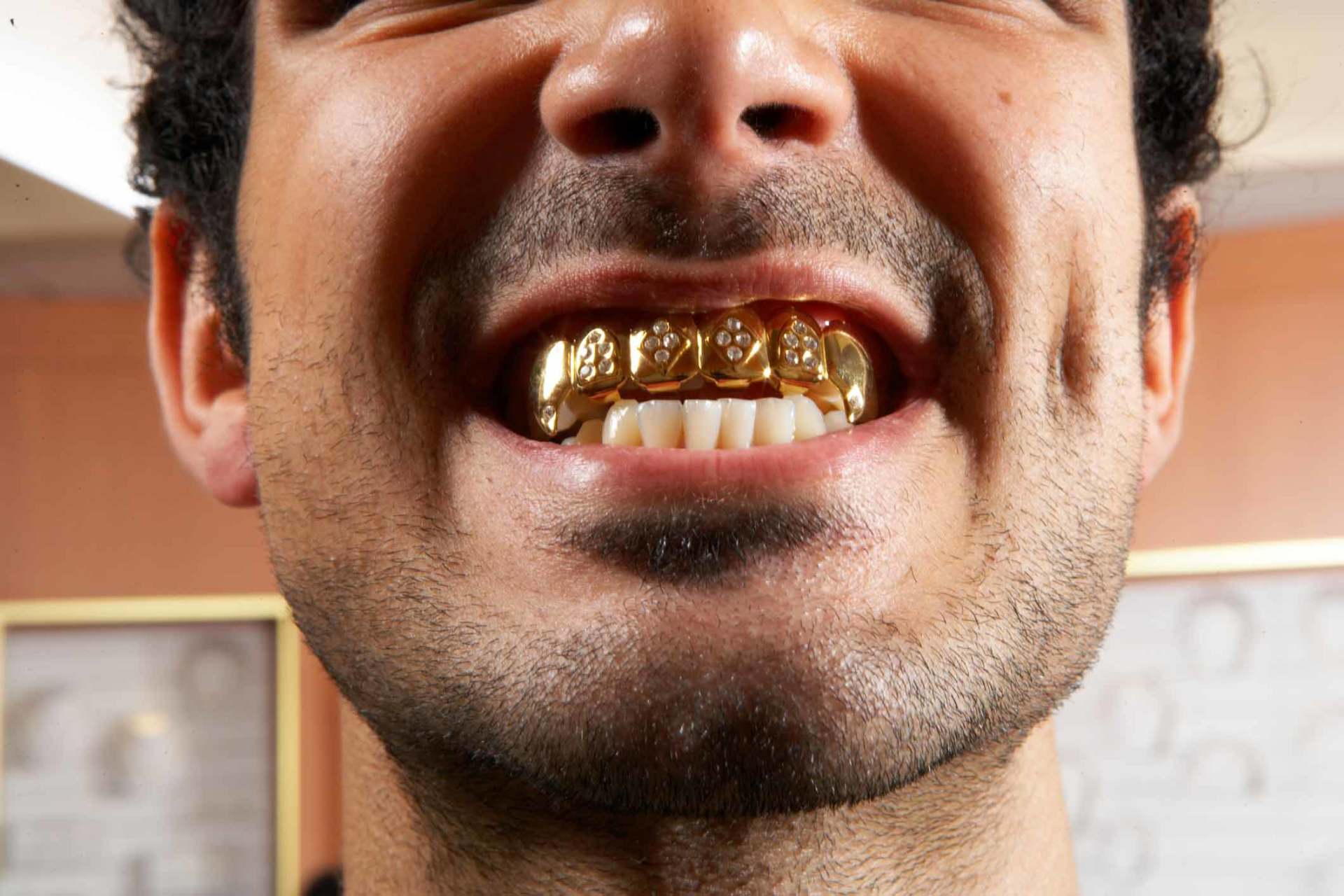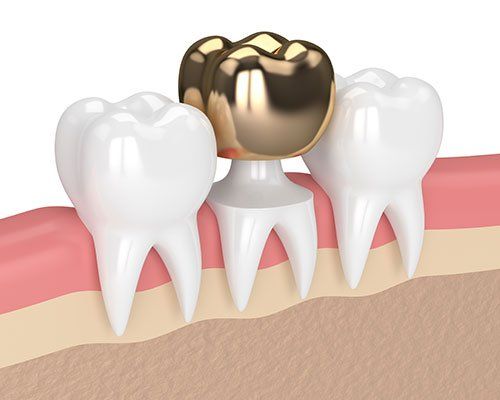3 Neat Facts About Dental Bonding
- By Admin
- •
- 12 Feb, 2018
- •

Composite Resins Bind To Enamel
Made to mimic the molecular structure of your own natural teeth, composite resins actually bond directly to your natural dental enamel. Composite resins are a mix of durable resin, ground ceramic, and food-safe plastic compounds, all mixed together to create a tooth-colored filling material.
To apply composite resins, the tooth is first cleaned and dried carefully. Next, the dentist applies an acidic compound to the surface of the tooth to create a rough area that will improve adhesion between the resin and your dental enamel. After the acidic solution has done its job, the tooth will be rinsed and dried again, and then the composite resin will be piped into place, then cured with a UV light.
Because your dentist will match the color of the composite resin to your natural tooth, repairs are beautiful and completely invisible to the naked eye. Additionally, modern composite resins mimic the natural opacity of your teeth, making repairs even more seamless.
Although the composite resins used in adhesive dentistry are designed to bond to dental enamel, they can also bond to dentin, giving dentists even more opportunities to preserve and beautify your smile.
Bonding Doesn't Require Anesthetic
Because all of the procedures involved in cosmetic dental bonding are conducted on the surface of the teeth, the entire process doesn't usually require anesthetic, creating a more comfortable experience for patients. In fact, the only you need an anesthetic during dental bonding is when your dentist has to drill away decay first.
This aspect of dental bonding makes it easier for people to get dental work done since they won't have to worry about eating, drinking, or talking after their dental appointment. Instead of having a numb mouth or a droopy smile for a few hours afterward, they can return to work or school immediately following their appointment.
Dental Bonding Resolves A Long List of Problems
As a non-invasive dental restoration that looks completely natural, dental bonding can help dentists to resolve an expansive list of problems, including teeth that are gapped, chipped, pitted, fractured, severely discolored, small, or strangely shaped.
In addition to resolving cosmetic dental problems, dental bonding can also be used to seal the surface of the tooth in the event of a crack or a larger fracture. After the area is cleaned and sanitized, dentists can place composite resins in the crack to restore structural integrity to the tooth-while protecting it from future decay.
In fact, dental bonding is so incredibly versatile that it can even be used to create entire smile makeovers. While you may need to lengthen one tooth, other spots may need to be brightened or filled in. Also, since bonding material cures in seconds with the help of a UV light, repairs are fast and incredibly efficient.
When performed by a trained dentist with experience in adhesive dentistry, dental bonding has a lifespan of around 10 years, making it an easy, economical option for many people.
Whether you have been living with a gap between your two front teeth or you are ready to splurge on that gorgeous gold crown, Gold Teeth Baton Rouge can help. With decades worth of experience and a firm commitment to create an excellent experience for each of their patients, this dental practice can help you to take your look into 2018.
- Mon - Fri
- -
- Sat - Sun
- Closed




